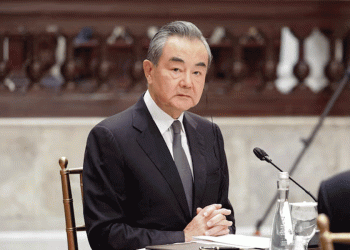The Pakistan Stock Exchange’s (PSX) benchmark KSE-100 Index started the week with a bullish trend on Monday, gaining over 1% during trading hours ahead of the Monetary Policy Committee (MPC) meeting.
At 12:15pm, the KSE-100 stood at 78,818.54, up by 789.04 points or 1.01%.
Sectors contributing in the positive run included cement, fertiliser, oil and gas exploration companies, and automobile.
The MPC of the State Bank of Pakistan (SBP) is scheduled to meet today to decide about the key policy rate.
The SBP is expected to further ease its monetary policy amid a downward trajectory of the pace of inflation and improved economic indicators, brokerage house Arif Habib Limited (AHL) said, in which it cited a poll result that suggested 55.7% respondents expect the central bank to “reduce the policy rate”.
It will be the first policy meeting following the signing of a staff-level agreement with the International Monetary Fund (IMF) and a new state budget.
Pakistan and the IMF reached an agreement for a $7 billion, 37-month loan programme this month.
The IMF said the new Extended Fund Facility (EFF) is subject to approval by its Executive Board and obtain “timely confirmation of necessary financing assurances from Pakistan’s development and bilateral partners.”
This would include rollovers or disbursements on loans from Pakistan’s long-time allies Saudi Arabia, the United Arab Emirates, and China.
In June, Pakistan’s central bank cut its key interest rate by 150bps from an all-time high of 22%, in a widely expected move, marking its first rate reduction in nearly four years in its effort to boost growth amid a sharp decline in retail inflation.
Pakistan’s headline inflation clocked in at 12.6% on a year-on-year basis in June 2024, the Pakistan Bureau of Statistics (PBS) said, higher than the reading in May when it stood at 11.8%.
Globally, Asian shares bounced on Monday into a week packed with earnings and a trio of central bank meetings that could see the United States and UK open the door to easing, while Japan might lift borrowing costs in a step toward “normality”.









